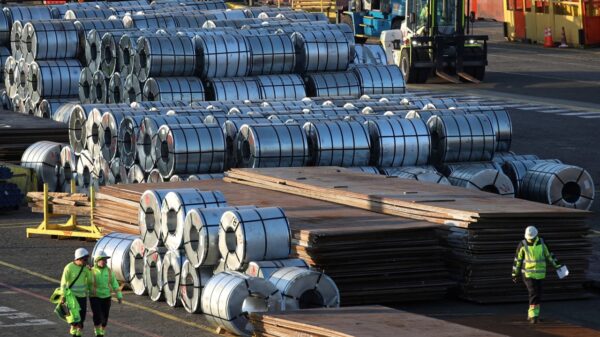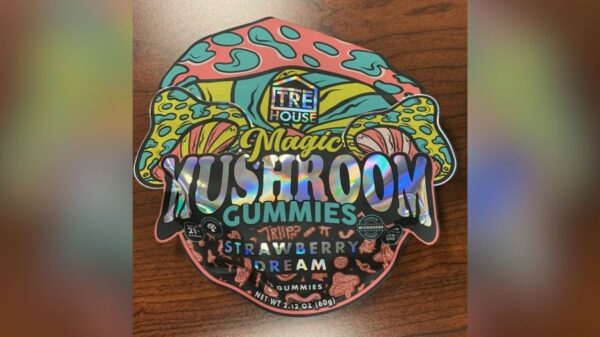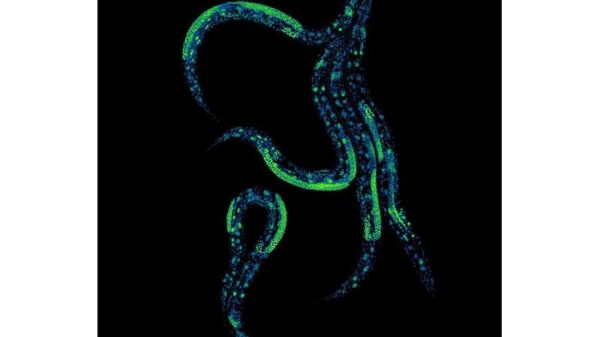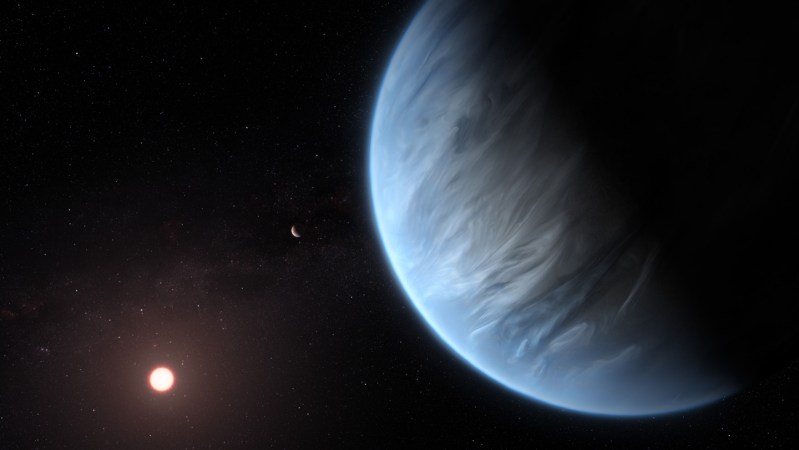Scientists have discovered that certain exoplanets might generate their own water through chemical reactions occurring under extreme conditions. Researchers from Arizona State University and the Lawrence Livermore National Laboratory reported their findings in the journal Nature on October 29, 2023. By simulating the intense environments of these distant worlds, the team demonstrated that minerals like olivine can react with hydrogen gas to form water.
This breakthrough offers a new perspective on the abundance of water found on exoplanets that orbit closely to their host stars. Traditionally, it was believed that these planets formed far from their stars and migrated inward. The new research suggests that, under specific high-pressure and high-temperature conditions, water can form locally, challenging previous assumptions about planetary formation.
To replicate the necessary extreme conditions in the lab, the researchers employed a technique using a diamond anvil cell. This device allows samples to be subjected to intense pressure, but achieving the right temperature without damaging the diamond has been a challenge. By utilizing pulsed lasers, which heat the sample for brief moments, the team reduced the risk of breaking the diamonds. According to planetary scientist Harrison Horn, “I still broke a lot of diamonds,” illustrating the difficulty of the experiment.
When the experiment succeeded, the results were surprising. Horn noted, “There was no rock left. All I had was metal and water.” The experiments indicated that approximately 18 percent of the initial mass of the olivine transformed into water. Additionally, geophysicist Dan Shim from Arizona State University reported that the amount of water produced could be “thousands of times more than expected for Earth” under similar conditions.
The researchers estimate that a planet’s final water content could range from 5 percent to 28 percent of its mass. This would lead to the formation of massive ocean worlds, potentially two to five times the size of Earth, or “hycean” worlds, which would have an ocean beneath a thick layer of hydrogen atmosphere. Shim emphasized that these worlds are not distinct types but rather endpoints on a continuum of planetary formation.
The implications of this study extend beyond the realm of exoplanets. It raises questions about the early history of Earth. The high-pressure, high-temperature conditions required for water formation may have existed during Earth’s formation. Evidence from ancient deep-earth diamonds suggests that early reactions similar to those observed in the lab could have contributed to the planet’s water reserves. These diamonds contain water vesicles with a distinct chemical signature, suggesting two reservoirs of water on Earth: one acquired through primordial chemical reactions and another delivered by water-rich comets and asteroids.
Furthermore, the findings have sparked renewed interest in the habitability of hycean worlds. While some recent studies indicated that water on these planets might be trapped in the mantle, limiting surface exposure, the new research suggests a higher abundance of water could support potential life. Astrophysicist Remo Burn from the Observatoire de la Côte d’Azur commented, “It’s maybe good news for life on those planets,” highlighting the significance of this discovery.
As scientists continue to explore the possibilities of water formation on exoplanets, this research opens new avenues for understanding not only the characteristics of distant worlds but also the origins of water on our own planet. The findings challenge existing paradigms and enhance our knowledge of the dynamic processes that govern planetary formation and evolution.






































































